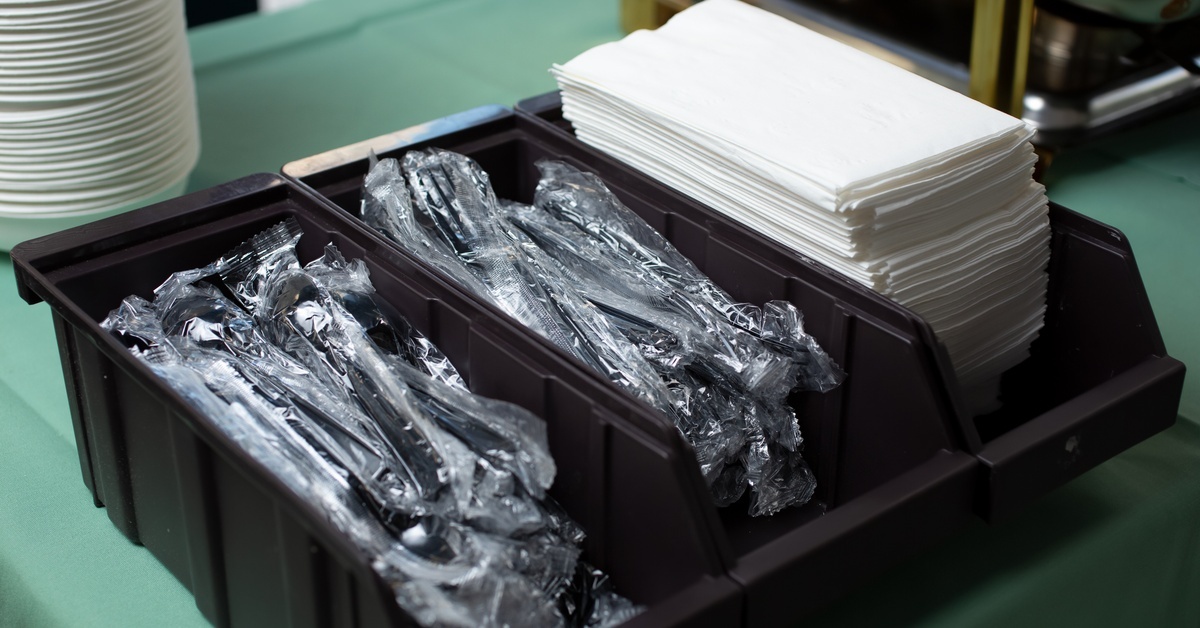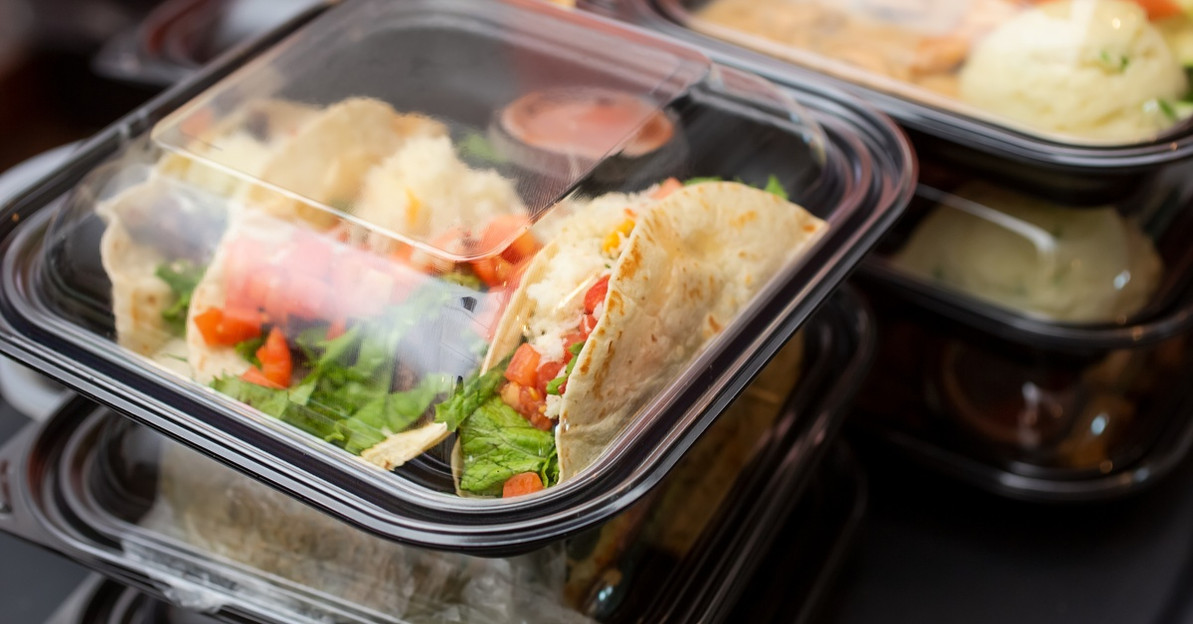Common Mistakes in Packaging Food for Delivery
Delivery and take out orders have become essential revenue streams for restaurants across the country. However, many establishments lose repeat customers because their food arrives in poor condition.
Common mistakes in packaging food for delivery can cost you more than just one sale. They can damage your reputation and drive customers to competitors. Understanding proper packaging techniques protects your food quality and keeps customers coming back.
Using the Wrong Container for the Food Type
Restaurant operators frequently grab the closest container in size without considering the specific food they're packaging. Soup and sauces leak from containers designed for solid foods, while crispy items turn soggy in airtight packaging meant for moist dishes. Every dish deserves packaging tailored to its specific texture, temperature, and moisture level.
For example, fried foods need ventilated containers that let steam escape and prevent condensation from ruining the crispy texture you worked hard to create. Consider using containers with built-in vents or perforated lids that balance moisture control with heat retention for optimal crispiness.
Conversely, hot soups and stews require completely sealed containers with secure lids that prevent spills during transport. Salads demand separate compartments to keep dressings away from the greens until your customer is ready to eat.
Investing in wholesale take out containers designed for specific food types shows customers you care about their experience. The right container maintains food quality from the kitchen to the doorstep, which translates directly into positive reviews and repeat orders.
Overpacking or Underpacking Containers

Finding the correct fill level is challenging even for experienced kitchen staff. Overfilled containers create messy spills when customers open their orders, leaving negative first impressions before they even taste your food.
Sauces overflow, toppings slide off, and the presentation suffers. Conversely, containers that look half-empty make customers question whether they received the correct portion size.
Proper portioning requires attention to headspace—that crucial gap between the food and the lid. Hot foods need extra room because steam expands and builds pressure inside sealed containers. Cold items can fill containers more completely since they won't produce steam.
Train your staff to leave approximately half an inch of space at the top for hot dishes and a quarter inch for cold items. Standardize your portioning with measuring tools or marked fill lines inside containers to ensure every order meets your quality standards consistently.
This practice prevents lids from popping open during delivery while ensuring customers see generous portions. Consistent portioning also helps control food costs and reduces waste from items prepared but not delivered due to packaging failures.
Ignoring Temperature Control Requirements
Temperature management extends beyond cooking and continues through packaging and delivery. Hot foods cool rapidly when placed in containers that don't retain heat, while cold items warm up in packaging that lacks insulation.
Restaurants that ignore temperature requirements serve lukewarm meals that disappoint customers regardless of ingredient quality. Your packaging strategy should include these essential temperature control elements:
- Insulated bags or boxes for hot entrees and sides
- Separate packaging for hot and cold items in the same order
- Ventilation for steam release without significant heat loss
- Thermal containers for soups and beverages
- Cool packs for items requiring refrigeration during transport
Food safety regulations require that hot foods remain above 140°F and cold foods remain below 40°F during transport. Proper packaging helps you meet these standards while delivering food that tastes as good as it does in your dining room. Temperature-appropriate containers also reduce liability risks associated with foodborne illness.
Forgetting About the Presentation Factor
Delivery customers can't experience your restaurant's ambiance, yet they still judge your establishment by how their food looks when they open the container. Carelessly packed meals with sauces bleeding into other foods or items jumbled together create an unappetizing presentation. Your packaging serves as the customer's only visual connection to your brand during delivery orders.
Separate compartments keep different menu items distinct and maintain the plating aesthetic you intended. Placing garnishes in individual containers or using dividers between items are small touches that show professionalism and attention to detail.
Consider how your food will look after a 20-minute car ride. Gravity, motion, and temperature changes all affect presentation during transport. Strategic packaging compensates for these challenges by securing items in place and protecting delicate components. Remember that customers often photograph their food for social media, and well-packaged meals generate free marketing through shares and posts.
Skipping Necessary Accessories and Utensils

Customers expect a complete dining experience when ordering delivery, but many restaurants forget the essential accessories that make eating more convenient. Missing utensils, napkins, or condiments can frustrate customers who must hunt through their kitchens for basic items. These minor oversights create outsized negative impressions.
Create a standard checklist for each order type to ensure your team doesn't forget anything. Label your packaging stations with these checklists to help staff quickly verify they've included everything before sealing the order for delivery. Include appropriate utensils for the specific dishes, extra napkins for messy items, and any condiments or sauces that complement the meal.
Don't assume customers have salt, pepper, or hot sauce at home. Always provide single-serve packets of commonly requested items. When serving less familiar dishes, simple reheating or assembly directions can help customers get the best experience. These thoughtful touches demonstrate that you care about the entire customer experience, not just cooking good food.
Protect Your Brand with Smart Packaging Choices
Proper packaging safeguards the quality of the ingredients and the careful preparation that sets your food apart. By avoiding common mistakes in packaging food for delivery, you ensure customers will enjoy your food exactly as you intended.
Focus on matching containers to food types, maintaining appropriate temperatures, and creating complete dining experiences. Your packaging represents your brand and directly influences customer satisfaction and loyalty. Refining your packaging strategy saves money in the long term by reducing waste, improving delivery efficiency, and strengthening customer satisfaction metrics.
At Kevidko, we make ordering restaurant supplies easy so you can focus on what you do best—creating exceptional food. Our team understands the unique needs of food service businesses and works to make supply ordering easier and more efficient. With durable, well-designed packaging, your meals arrive fresh and appealing, ensuring customers associate your brand with quality, consistency, and care.
Recent Posts
-
Pros and Cons of Cardboard Catering Boxes
Selecting the right packaging is a fundamental decision for any catering business. The containers yo …Dec 11th 2025 -
How To Choose the Best Aluminum Foil Containers for Food
Selecting the right containers for your restaurant or catering business affects everything from food …Dec 10th 2025 -
Bakery Box Materials: Paperboard vs. Kraft
Choosing the right packaging materials can affect how your customers experience your baked goods. Wh …Dec 2nd 2025




